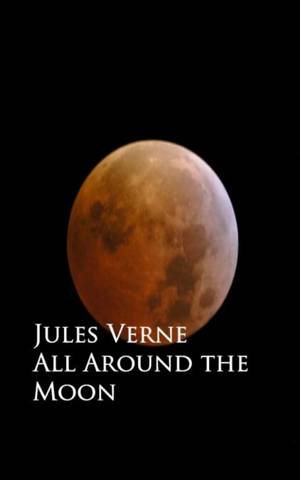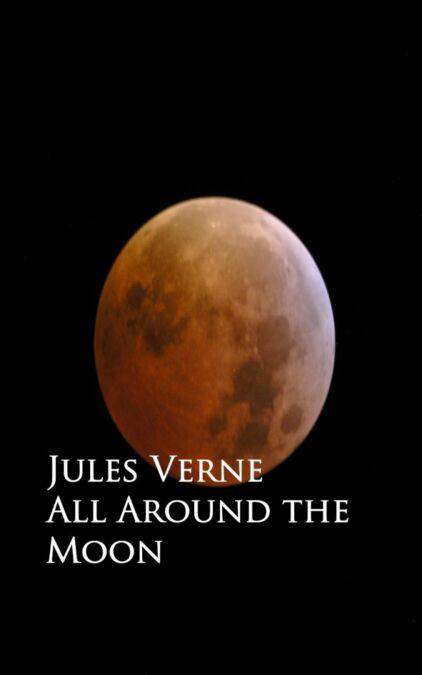
- Afhalen na 1 uur in een winkel met voorraad
- Gratis thuislevering in België vanaf € 30
- Ruim aanbod met 7 miljoen producten
- Afhalen na 1 uur in een winkel met voorraad
- Gratis thuislevering in België vanaf € 30
- Ruim aanbod met 7 miljoen producten
Zoeken
Omschrijving
A few years ago the world was suddenly astounded by hearing of an experiment of a most novel and daring nature, altogether unprecedented in the annals of science. The BALTIMORE GUN CLUB, a society of artillerymen started in America during the great Civil War, had conceived the idea of nothing less than establishing direct communication with the Moon by means of a projectile! President Barbican, the originator of the enterprise, was strongly encouraged in its feasibility by the astronomers of Cambridge Observatory, and took upon himself to provide all the means necessary to secure its success. Having realized by means of a public subscription the sum of nearly five and a half millions of dollars, he immediately set himself to work at the necessary gigantic labors.
In accordance with the Cambridge men's note, the cannon intended to discharge the projectile was to be planted in some country not further than 28° north or south from the equator, so that it might be aimed vertically at the Moon in the zenith. The bullet was to be animated with an initial velocity of 12,000 yards to the second. It was to be fired off on the night of December 1st, at thirteen minutes and twenty seconds before eleven o'clock, precisely. Four days afterwards it was to hit the Moon, at the very moment that she reached her perigee, that is to say, her nearest point to the Earth, about 228,000 miles distant.
The leading members of the Club, namely President Barbican, Secretary Marston, Major Elphinstone and General Morgan, forming the executive committee, held several meetings to discuss the shape and material of the bullet, the nature and position of the cannon, and the quantity and quality of the powder.
In accordance with the Cambridge men's note, the cannon intended to discharge the projectile was to be planted in some country not further than 28° north or south from the equator, so that it might be aimed vertically at the Moon in the zenith. The bullet was to be animated with an initial velocity of 12,000 yards to the second. It was to be fired off on the night of December 1st, at thirteen minutes and twenty seconds before eleven o'clock, precisely. Four days afterwards it was to hit the Moon, at the very moment that she reached her perigee, that is to say, her nearest point to the Earth, about 228,000 miles distant.
The leading members of the Club, namely President Barbican, Secretary Marston, Major Elphinstone and General Morgan, forming the executive committee, held several meetings to discuss the shape and material of the bullet, the nature and position of the cannon, and the quantity and quality of the powder.
Specificaties
Betrokkenen
- Auteur(s):
- Uitgeverij:
Inhoud
- Aantal bladzijden:
- 500
- Taal:
- Engels
Eigenschappen
- Productcode (EAN):
- 9783736408524
- Verschijningsdatum:
- 24/08/2016
- Uitvoering:
- E-book
- Beveiligd met:
- Digital watermarking
- Formaat:
- ePub

Alleen bij Standaard Boekhandel
Beoordelingen
We publiceren alleen reviews die voldoen aan de voorwaarden voor reviews. Bekijk onze voorwaarden voor reviews.








